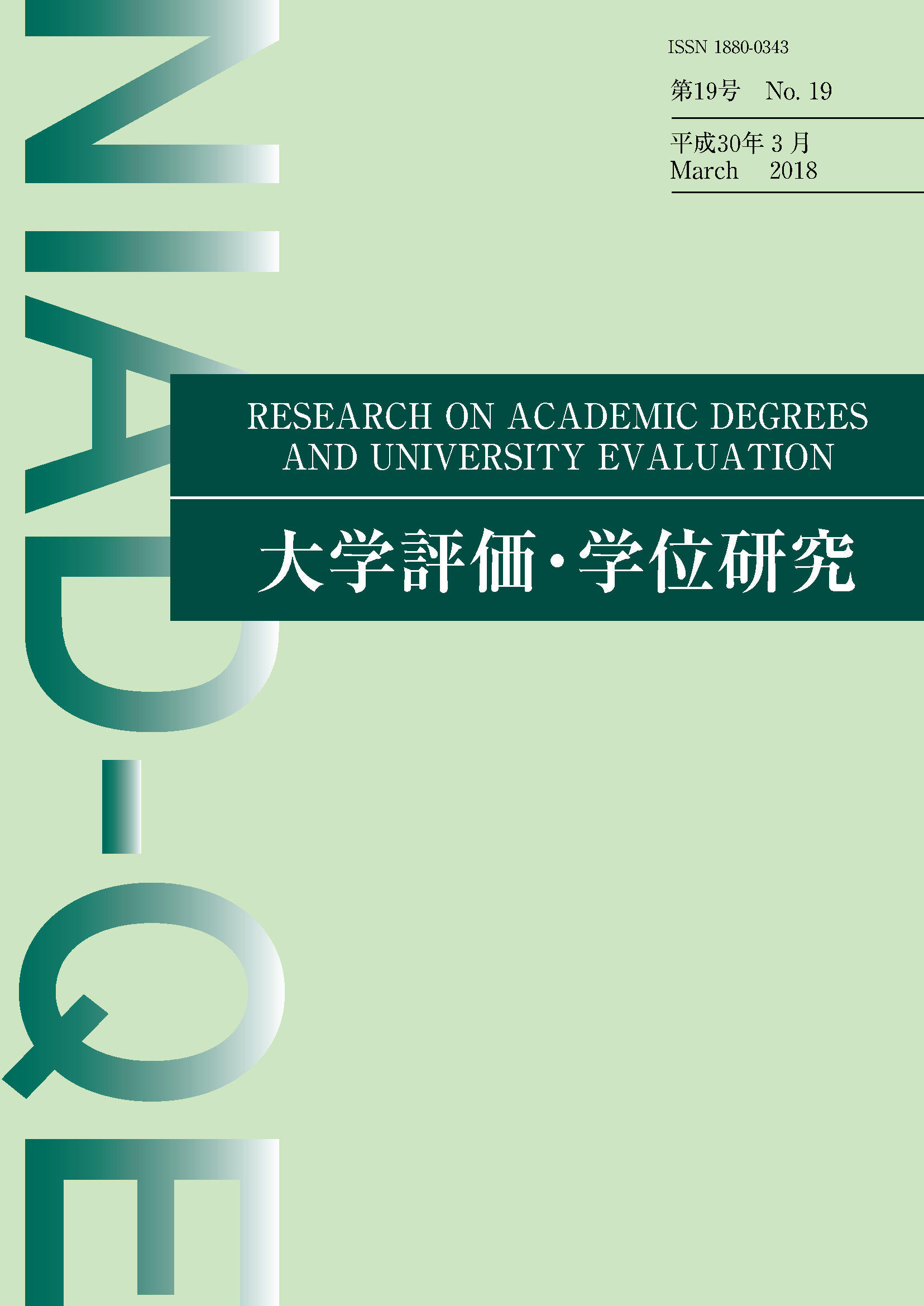Performance-oriented funding of universities, based on the logic of New Public Management, has been increasing in Europe and beyond. Performance-based models are used to allocate funds from governments to universities and within the universities. Deficiencies of traditional, incremental line-item funding must be determined to understand the rationale of the new funding approaches. Lump-sum funding and the Three-Pillar-Model offer a conceptual framework for university funding models. Within this framework, instruments such as formula funding, target agreements, and competitive funds are applied. The combination of these instruments leads to three types of state funding in Germany and several funding trends in Europe. For instance, the idea of combing models of incremental and performance-based funding could focus on indicators to allocate funds or otherwise implement an increased role of negotiations found in target agreements. State funding models have several internal consequences on universities, such as the extent to which the university decides to duplicate or modify a state model for internal allocation. Controversies concerning the performance-orientation of funding are ongoing; however, in Europe, initiatives to resume former ways of funding have ceased. Funding models should be understood as part of various comprehensive governance contexts, and these interdependencies should be considered when designing funding systems.
View full abstract
